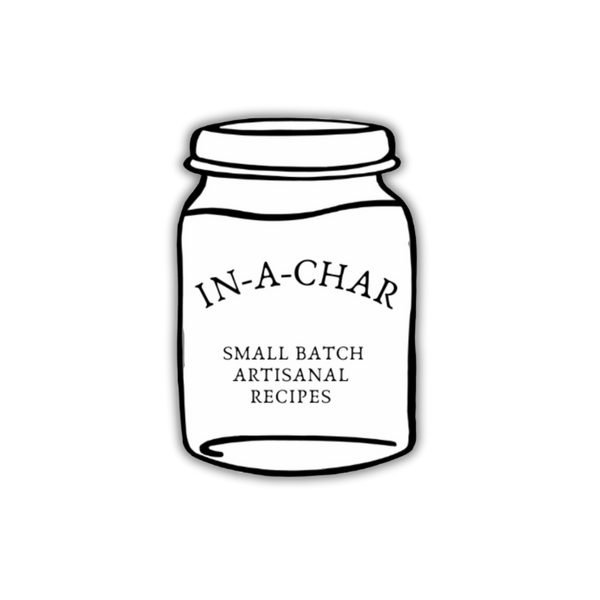If you’ve ever spooned some fiery mango achar onto your plate and wondered, “Wait, is this preserved or fermented?”—you are not alone. This food debate has been around for ages, and like family recipes, people defend their answers with serious passion.
Let’s settle this once and for all, without getting too textbookie.
Preservation vs. Fermentation: Let's get the basics
Think of preservation as giving food armour, keeping it safe from bad bacteria that would normally spoil it. Humans have come up with clever ways to do this for centuries: drying, salting, smoking, and yes, pickling in vinegar. The goal is pretty simple: stop the nasties from moving in!
Fermentation, though, takes a different approach. Instead of keeping all bacteria out, it invites the “good guys” in. Friendly microbes (mainly lactic acid bacteria) eat up natural sugars and, as a by-product, release lactic acid. That acid doesn’t just preserve the food, it transforms it. Fermented foods get a complex, layered tang, plus they stay alive with probiotics that can actually benefit your gut.
So here’s the key difference:
-
Preserved foods = safe, stable, but basically lifeless.
-
Fermented foods = alive, complex, and potentially really good for your digestion.
The Vinegar Shortcut vs. Slow Fermentation
Here’s where lots of people get confused.. ummm. Just because something is sour doesn’t mean it’s fermented.
-
Vinegar pickles: Get their sharp bite instantly from added vinegar (acetic acid). Great for shelf life, reliable flavour, but no probiotics.
-
Fermented pickles: Take time. The sourness develops slowly as bacteria do their thing. You end up with more flavour depth and a jar full of live cultures.
Think of vinegar pickles as museum pieces—beautiful but “dead.” Fermented ones are living, evolving, and brimming with health benefits... not hating!
Where Does South Asian Achar Fit?
This is where it gets fun. Achar doesn’t belong to just one category, it’s both preserved and fermented, depending on how it’s made.
Traditional achar, especially in much of India and Pakistan, is usually fermented. Raw mangoes or vegetables are mixed with salt, spices, and mustard oil, then left in the sun for days or weeks. The natural fermentation kicks in, giving achar its deep, funky, layered flavour. Mustard seeds, by the way, don’t just add punch—they actually speed up the fermentation process.
But across South Asia, the methods vary. In some regions, like parts of the Himalayas where salt was harder to get, vegetables are fermented without salt. In others, especially in modern quick-fix recipes, vinegar is added so the pickle is ready faster and can sit on store shelves longer.
Why Fermented Achar Is Extra Special!
Traditional, naturally fermented achar is more than just tasty, it’s a mini ecosystem. Beneficial bacteria don’t only create lactic acid; they also make extra vitamins, enzymes, and compounds that support your gut and immune system.
On top of that, fermentation helps unlock more nutrition from the vegetables, breaking down plant fibers and making vitamins more accessible. It’s like having millions of microscopic chefs working inside the jar just for you.
How to Tell If Your Achar is Truly Fermented
A few giveaways:
-
Little to no vinegar on the ingredient list—just veggies, salt, spices, and oil
-
Needs refrigeration after fermenting (it’s alive, after all!)
-
The taste is rounded and complex, not a one-note vinegar sharpness
-
Sometimes there’s a little fizz—that’s a sign of happy microbes still at work.. 24 Carrot Cauli is out of control!
Most supermarket achars? Vinegar-heavy, pasteurized, and shelf-stable. Tasty, sure, but they won’t give you the probiotic punch of a traditional batch.... INACHAR's got you covered!
The Final Verdict
So, is achar preserved or fermented? The answer: both. It all depends on the recipe you’re looking at.
But here’s the real magic—achar isn’t meant to neatly fit into Western food categories. Each version tells a story: influenced by local climate, ingredients, and cultural traditions. Whether it’s mangoes basking in the Indian sun or mustard oil packed jars in Kashmir, achar is proof that humans have been mastering food and flavour science for thousands of years.
So the next time you dig into a spoonful of homemade achar, know this: you’re not just adding a hit of spice to your plate, you’re tasting a living tradition, one that’s been gut-approved and granny approved for generations!



